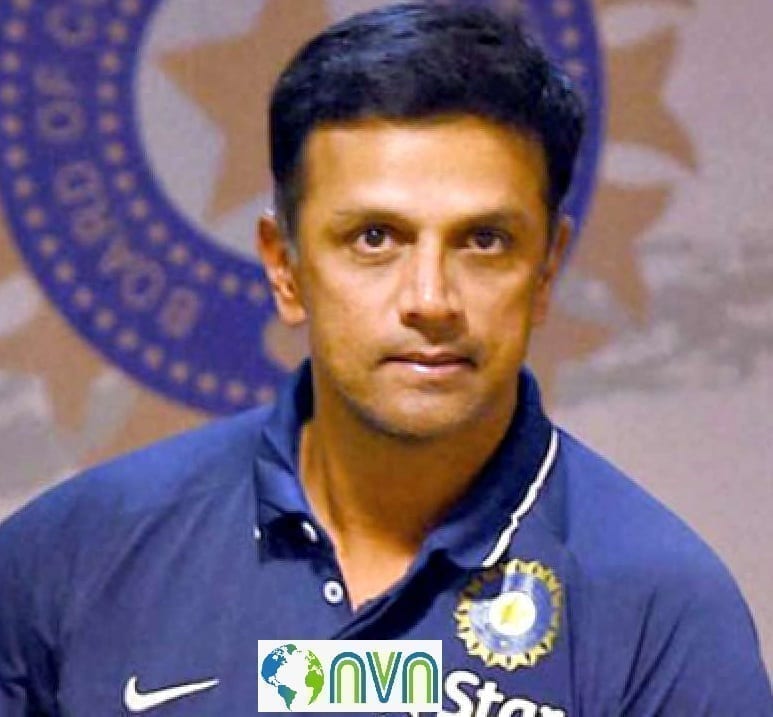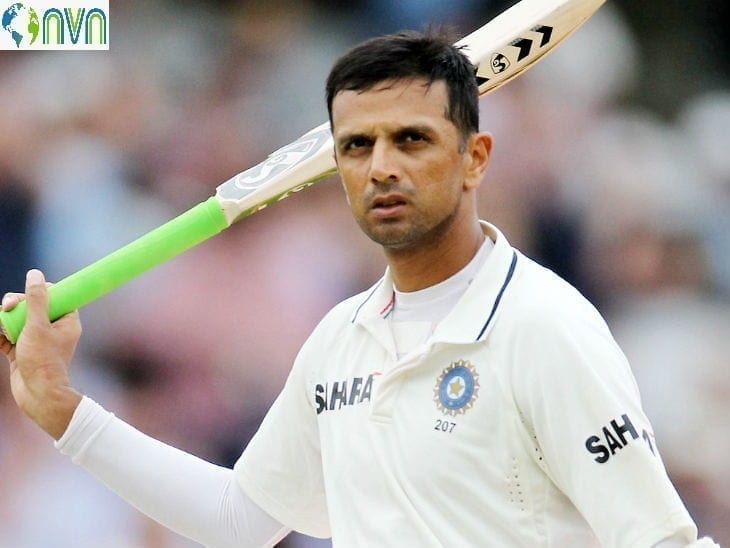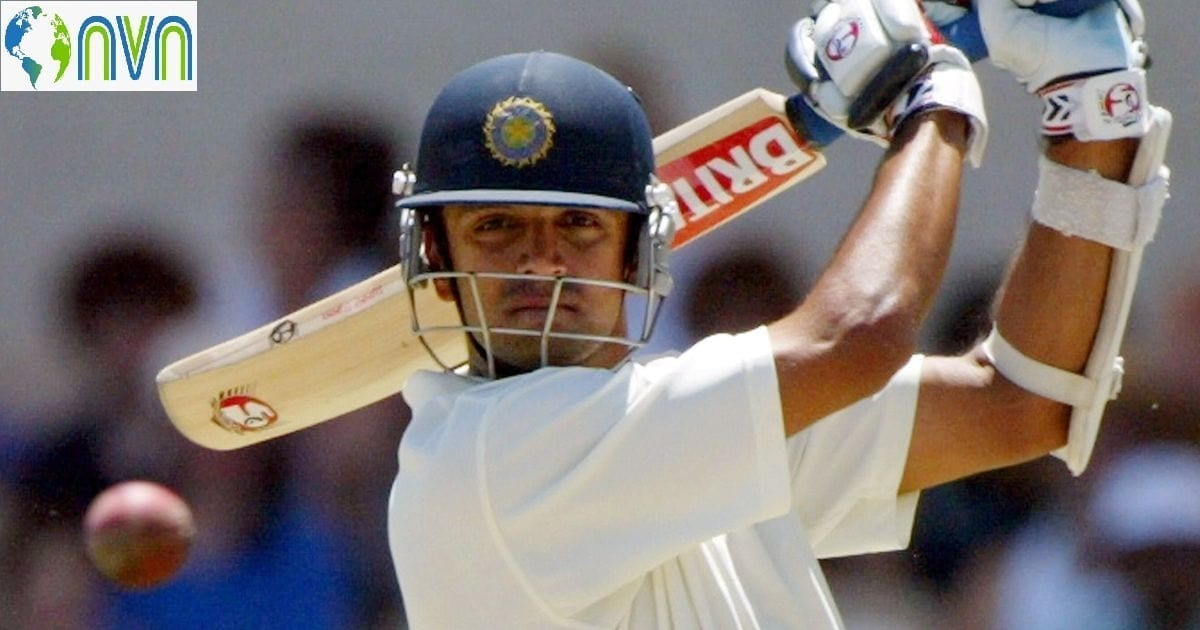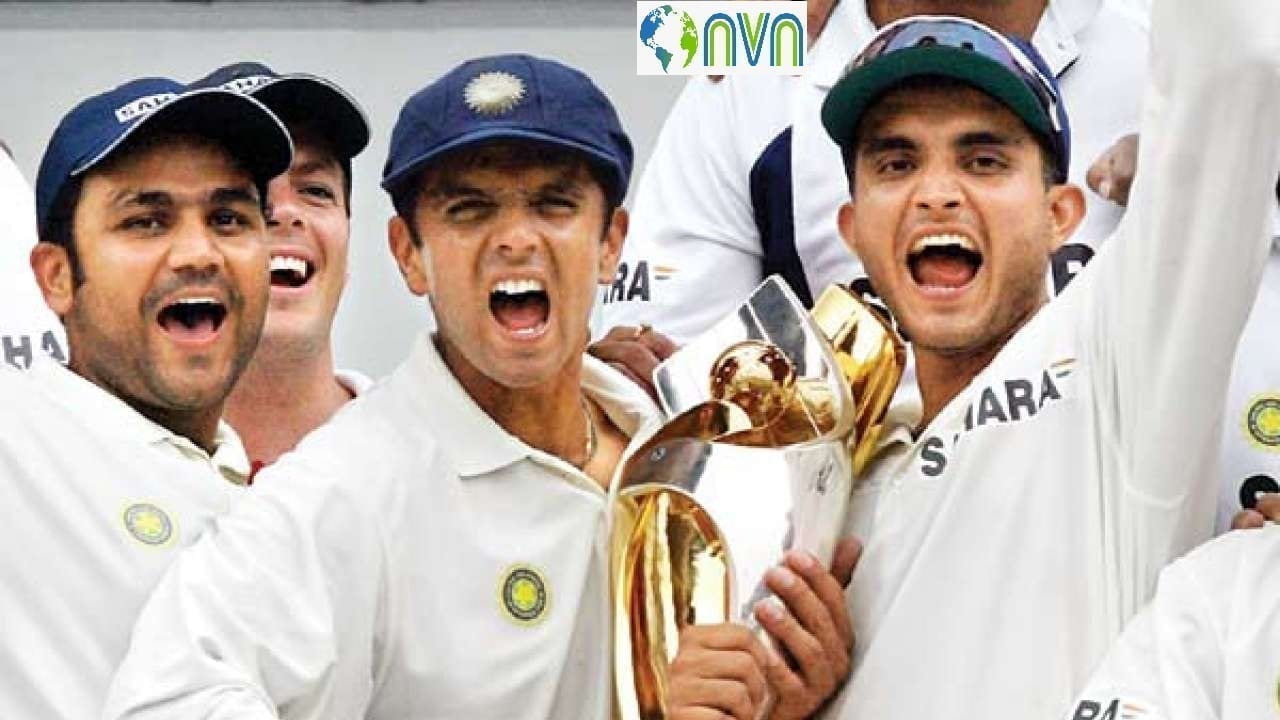Cricket
Rahul Dravid: The best number three India has ever produced in test cricket

The impeachable technique, untiring concentration, and an unflappable temperament made him arguably the most difficult batsman to dismiss for any bowler from any country for more than a decade between 1996-2012 in the world cricket.

He might not have the ebullience and exuberance of Ponting, elegance, and luster of Lara and sublime and sensation of Tendulkar but batted and battled against the opponents for rest of the players and the entire nation time and again. Yes, he is none other than Rahul Sharad Dravid.
Born in a Marathi family from Indore and brought up in Bangalore, he started playing cricket at the age of 12 and later represented Karnataka at the under-15, under-17, and under-19 levels. Dravid made his Ranji Trophy debut in February 1991, while still attending college. Playing alongside future India teammates Anil Kumble and Javagal Srinath against Maharashtra in Pune, he scored 82 runs in the match, which ended in a draw. He followed it up with a century against Bengal and three successive centuries after. However, Dravid’s first full season was in 1991–92, when he scored two centuries and finished up with 380 runs at an average of 63.30, getting selected for the South Zone cricket team in the Duleep Trophy. Dravid’s caught the national team selectors’ eye with his good performances for India A in the home series against England A in 1994–95.

After consistent performances in the domestic circuit, Rahul Dravid earned the test cap for India for the arduous English summer against a formidable side in 1996. After receiving humiliating defeat in the first test, India was looking down the barrel for survival and savior. Then came an extraordinary moment in Indian cricket as two of his all-time greats made sensational début in the Mecca of World Cricket that is Lord’s cricket stadium. Few might have known that Dravid was not a certainty but came as a last-minute replacement for injured veteran cricketer Sanjay Manjerakar. The rest was history. Dravid along with stylish southpaw Sourav Chandidas Ganguly created magic which few would have imagined. Sourav Ganguly scored a superb hundred and but Dravid, unfortunately, missed the century by a whisker as he nicked a swinging delivery of Chris Lewis to the gloves of Jack Russell on 95.
Dravid did not look back after this inning as he piled runs against all the opponents in alien conditions. His solidarity and impeccable technique had become a nemesis for the best of the bowlers. They were clueless and defeated by his water-tight technique. Bowlers started to target the other end batsman instead of thinking of Dravid’s dismissal. He was an edifice of India’s batting line-up and rightly called The Wall of Indian cricket.
Dravid’s enormous success and elite performance at the highest level of the game was the result of endless self-improvement, improvisation, adaptability to the situation, the result of unstinted and ferocious hard work, relentless and rigorous practice. It is just not possible to reach the top without putting in the hard yards. Hard-working, focused, driven, effective, pragmatic, a never-give-up attitude – you utter it, he has it.

Heading 2002, for instance. Dravid battled on that cloudy day and in overcast conditions, handling the swing from the pace merchants Hoggard, Tudor, Caddick, and Flintoff all day to play match-winning innings of 148. He out-thought and out-maneuvered the English bowlers. Dravid had to counter the uneven bounce, the enormous swing and had to take on body blows like in a war. But he came out triumphant. Revealing a cricketing intelligence that was the foundation behind this effort, the reason for his success in this particular match established him as the frontrunner for India’s magnificent performances in the next eight to ten years. Adelaide 2003, Rawalpindi 2004, Georgetown 2002, Kolkata 2005, Perth 2008, Lord’s 2011, Oval 2011, Trent Bridge 2011, Kingston 2011, and a few more. I have not even mentioned Dravid’s 180 and the 376-run epic partnership with VVS 281 in Kolkata 2001 against Australia in that match.
Between 1986 to 2000 it was quite disappointing and disheartening that India was able to win a single test in overseas conditions in 48 attempts. The solitary win was against SriLanka when they were not their best in the 1991-1992 tour. To say they were travel sick was an insult to spinning stomachs. But Post 2000 to 2012 India had notched more than twenty wins and who was the chief architect of these spectacular wins, it is none other than the wall.

Citing one of these rare moments was the Adelaide test in 2003-04. That performance was probably Dravid’s finest in international cricket. He made 233 and 72 not out, batting five minutes short of 14 hours in the match. This memorable win helped India to beat the lion in his own den after 18 years. Despite that, and other legendary match-winning performances, there is a temptation to think Dravid as the guy behind the guy, someone whose career was largely spent in the shadows. When he made a gritty 95 on his Test debut at Lord’s in 1996, Sourav Ganguly, also on debut, made a sparkling 131. When he batted all day against Australia at Kolkata in 2001, eventually making 180, VVS Laxman also batted all day and made a divine 281, one of the all-time great Test innings. He did not have the brutal audacity of Virender Sehwag, the poetic elegance of Laxman, the unfathomable, enduring genius of Tendulkar, or the sublime cover drive of Ganguly. What he did have was substance. Dravid will retire with a portfolio of epic innings. Most came abroad; his percentage of Test centuries scored overseas (58) and outside Asia (39) are higher than the other four galacticos.
Their journey under the steely captaincy of Sourav Ganguly in the early 2000s will always be defined by that miraculous turnaround against Australia in 2000-01, yet the most striking progress came overseas. Dravid, who averaged a staggering 102.84 in victories under Ganguly, was the key to that progress. His performance of Adelaide was followed, later the same winter, by an immense 270 at Rawalpindi to set up India’s first-ever series win in Pakistan. In 2006, as captain, he made 81 and 68 in a low-scoring dogfight in Jamaica to give India their first series win in the Caribbean for 35 years. Dravid batted 597 minutes in the match; nobody else on either side lasted 205 minutes.
All bar one of these performances came during Dravid’s peak, between July 2002 and June 2006 – the month in which his overall Test average peaked at 58.75. In that period, he scored 4316 runs at 69.61; even many of Tendulkar’s disciples could not deny that Dravid was India’s best batsman, and by a distance. Only Ricky Ponting rivaled him as the world’s best. Dravid was also the inaugural ICC Player of the Year in 2004.
He lies fourth behind on the Tendulkar, Ponting, and Kallis on the Test run-scorers list, with 13288, and fourth with 36 Test centuries. He does have a couple of records of his own. Dravid is the only man to score 10,000 runs in the pivotal No3 position, and the only man to face 30,000 deliveries in Test cricket. To talk of Dravid’s ability tells only half the story. He exhibited greatness at its most humble and is one of the most impressive men to play the game: dignified, fair-minded, eloquent, gentle, yet tougher than we will ever realize.
Some cricket laurels might have criticized he has not the best strike rate in one-dayers but his 10000 plus runs speak augur well his potential in a limited format. He was team-man as he has taken up the gloves in more than 70 one-dayers for India to accommodate an extra batsman for team balance and strength.
Dravid hanged his boots in 2012 but the wall did not stop here. Like his other teammates, he could have spent his life in cricket limelight but he had chosen a challenging career by taking up the coaching job to groom the budding cricketers for the future of India. He has denied the offer to coach an international side but rather likes to spend time with U-19 cricketers. Like a great student of the game, he has nurtured many talents like Prithvi Shaw, Manoj Pandey, Shreyas Iyer, Lokesh Rahul, and many more in the offering in the coming years.
Once Rahul said, the team is like a pot. Some put in and some take out. The more who put in, the fuller it gets, and those were the players he enjoyed playing with the most: those who put into the pot. He was one of the leading contributors and there was never an effort at gaining sympathy or media attention for it. No doubt the sports will go on but putting a price tag on his wicket and placing brick by brick to create a castle for the team will leave an indelible scar in the minds of cricket aficionados in ages to come.





























